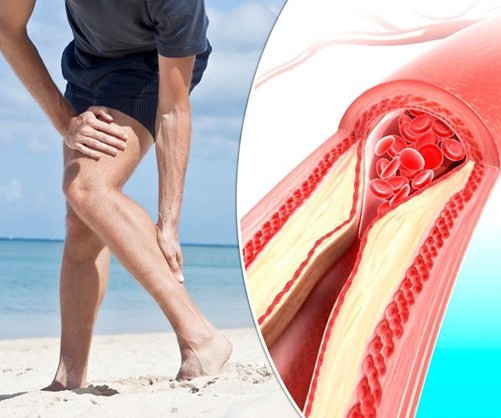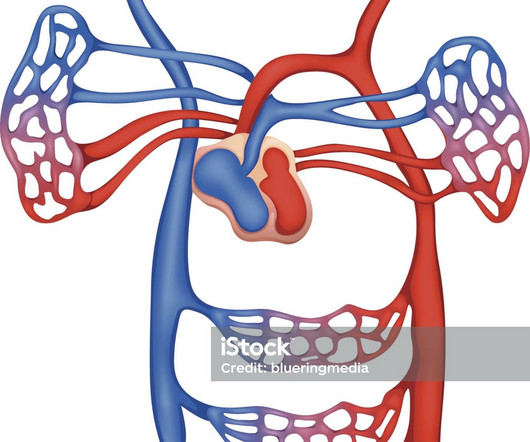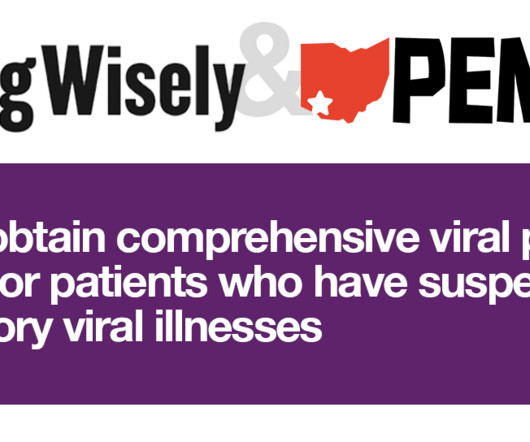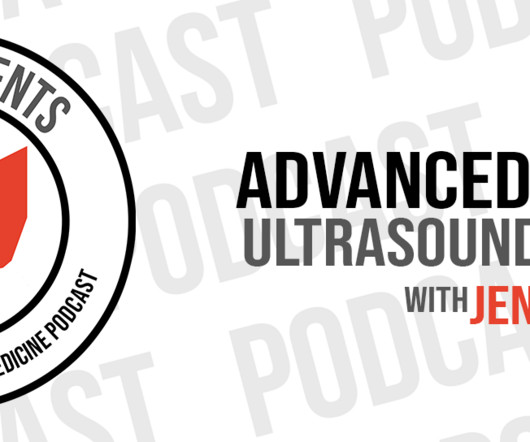What Happens if Peripheral Arterial Disease is Left Untreated?
Vascular Physician
DECEMBER 21, 2022
Early detection can lead to a more comfortable and effective treatment plan. The best treatment plan for you will depend on your particular condition and symptoms. Contact us today to schedule your free consultation and learn more about preventing, treating, and managing PAD. What Happens If PAD Goes Untreated?

















Let's personalize your content